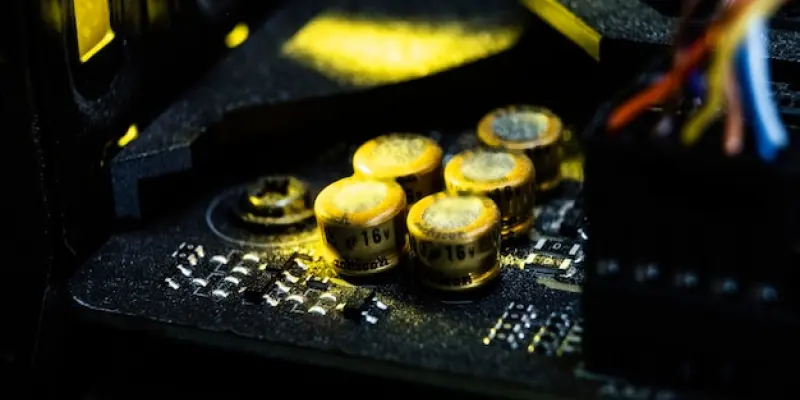The digital landscape in China is witnessing a notable transformation driven by a significant shift within its AI sector. Chinese AI firms, which once heavily relied on modified consumer-grade GPUs due to an absence of cutting-edge chips, are now offloading their NVIDIA RTX 4090D GPUs. This marks a reaction prompted by a reduction in demand for AI processing power that has led to a considerable drop in server utilization rates—some reportedly sinking to a mere 20%. This evolving scenario has compelled firms to sell off surplus computing power, opting to convert these resources into profit. Amidst the fluctuating dynamics of the high-tech market, several driving factors, including stringent US export controls, have exacerbated the changes, pushing firms to capitalize on the elevated GPU prices.
The Economic Equation and Market Implications
One significant repercussion of the oversupply is the potential decrease in the previously soaring prices of GPUs. With the RTX 4090D currently valued at approximately $6,000 in local Chinese markets, there’s anticipation that these prices might decline as more AI firms continue to offload their inventories. The industry consensus appears to indicate that China’s AI sector overestimated its need for computing power. Reports reveal that over 80% of these AI computing resources are now sitting idly. Despite this resource surplus appearing to benefit domestic consumers who eagerly seek more reasonable GPU costs, the progression toward pricing levels reminiscent of the pre-AI boom may not be immediate. These developments point to an intricate balancing act for China’s AI industry as it learns to navigate the shifting sands of supply and demand.
Navigating Internal and External Pressures
The effort to sell surplus GPUs is driven by both internal market imbalances and external political factors. Key among these is the ongoing US export restrictions, which have accelerated this movement by encouraging firms to capitalize on their existing inventories. By selling these excess GPUs, companies could ease some financial strain imposed by stringent international controls, providing an economic buffer. However, this approach poses both challenges and opportunities for China’s AI companies. On one hand, they benefit immediately from high GPU prices, gaining temporary economic relief. On the other hand, it’s part of a broader strategy to navigate a swiftly evolving global tech arena. As China’s AI industry adjusts its course amid these pressures, it showcases the resilience needed in an increasingly competitive environment. Although the change may happen gradually, the future indicates strategic adaptations and insights will be crucial to maintaining both sustainability and competitiveness on a global stage.

